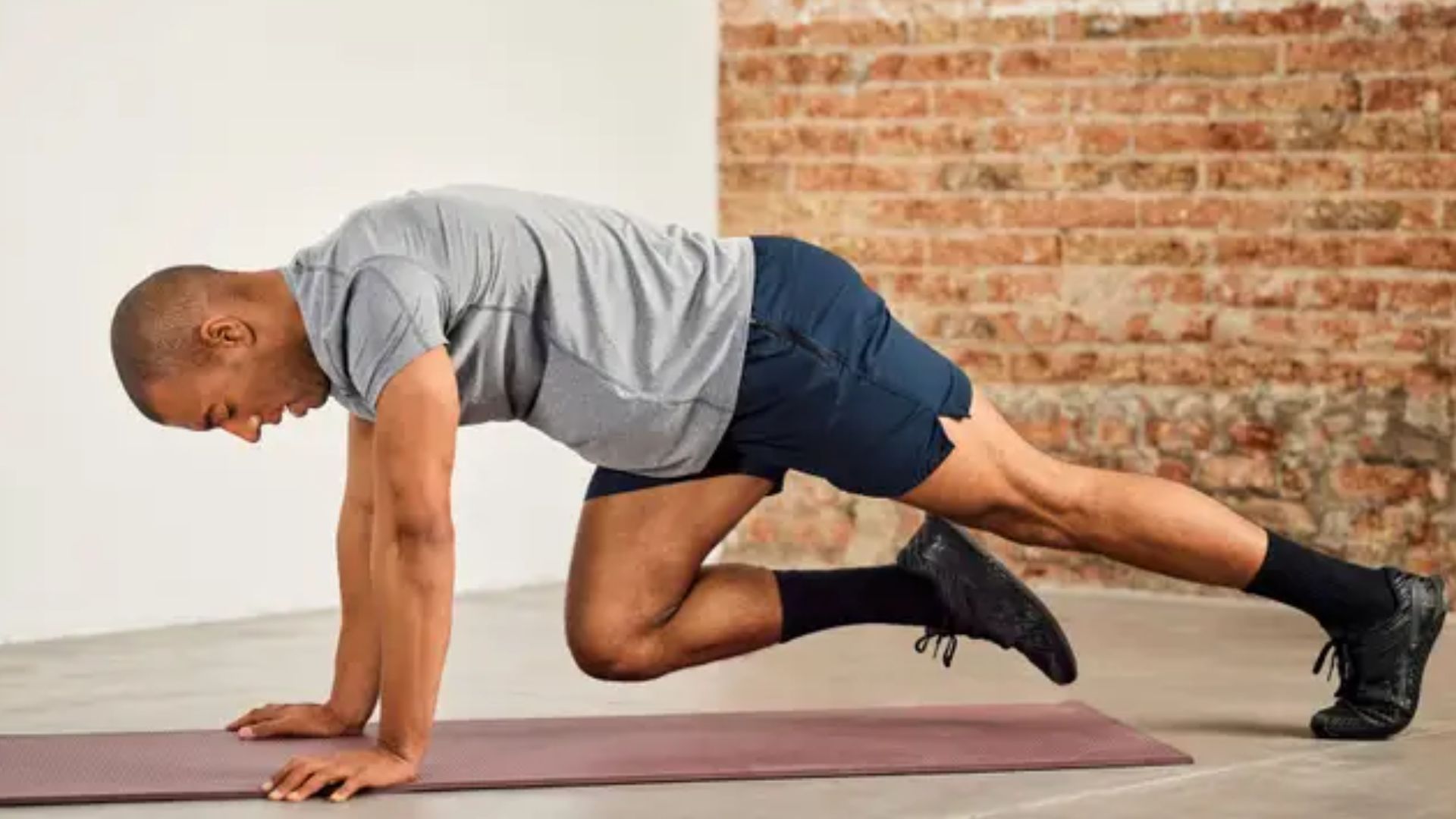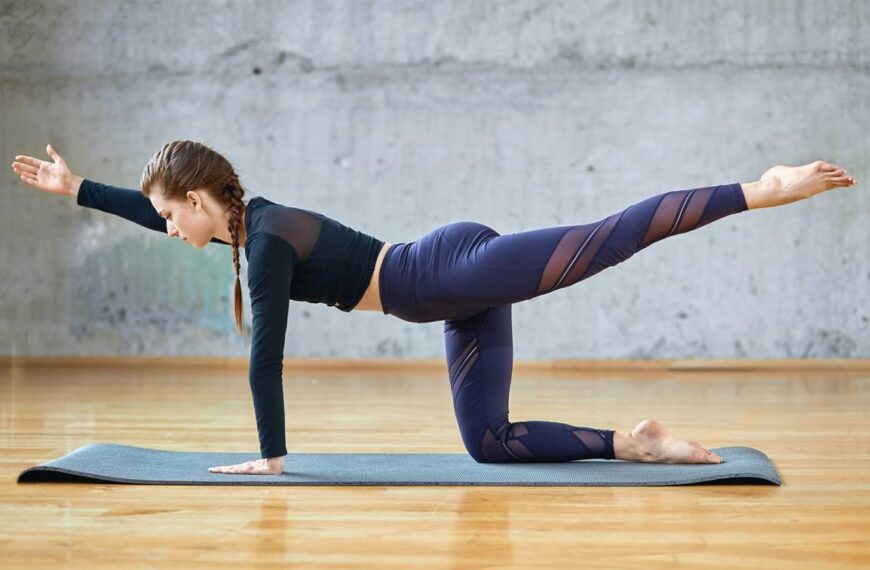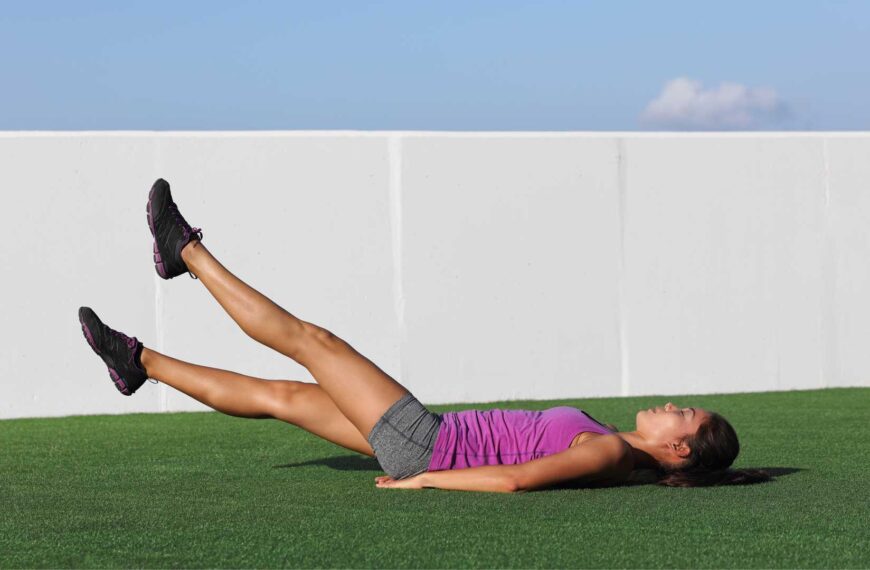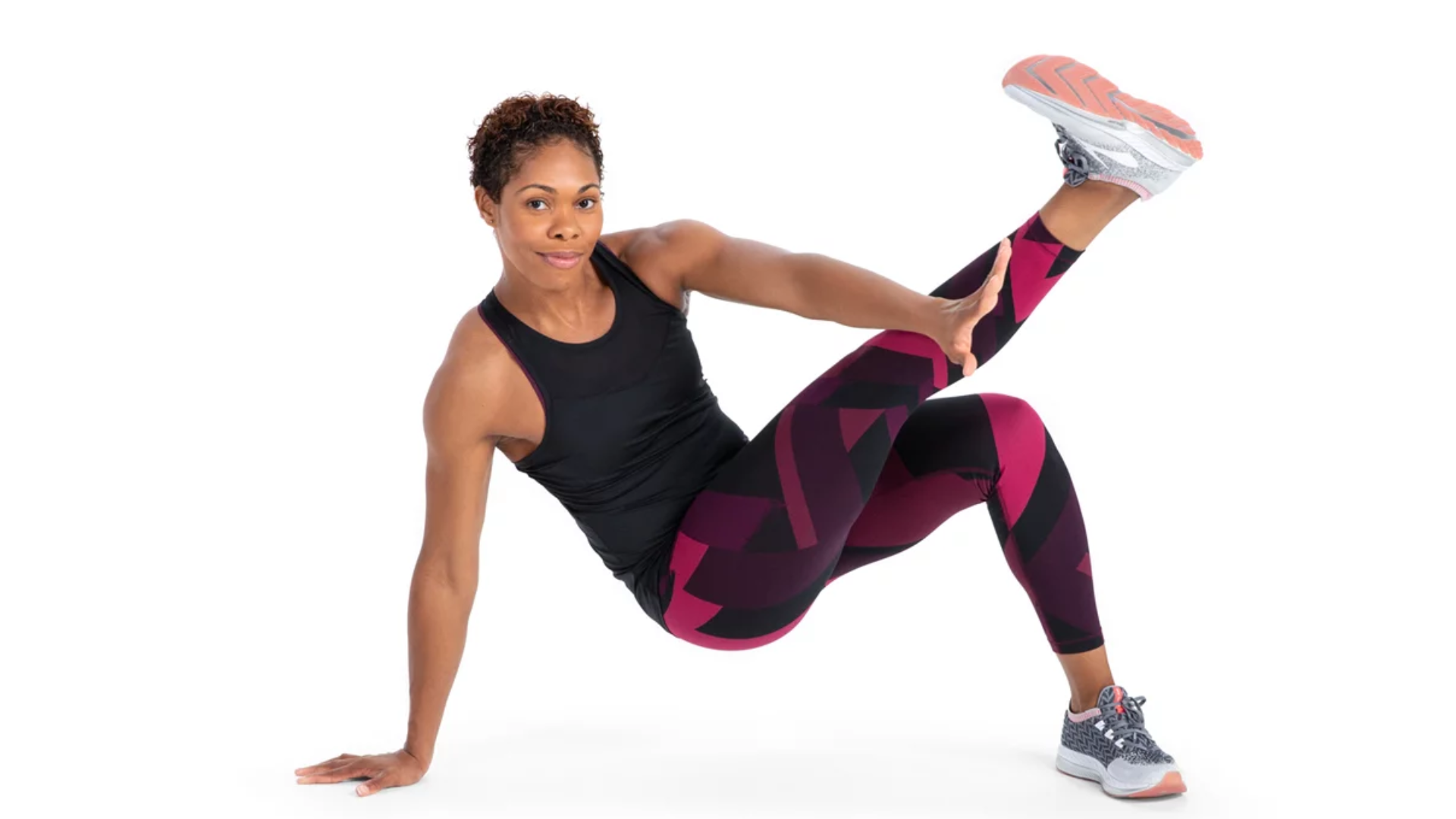The forearm plank is a core exercise that has gained popularity in recent years due to its effectiveness in strengthening the muscles of the core, promoting better posture, and helping to prevent low back pain. If you’re wondering how to hold a perfect forearm plank duration exercise, you’ve come to the right place. In this comprehensive guide, we will unlock the secrets of the forearm plank and provide expert techniques to help you achieve optimal results.
What you will learn:
- The mechanics of a forearm plank and how it engages core muscles, shoulders, and upper back.
- Proper technique for holding a forearm plank, including body positioning, engagement of core, and breathing techniques.
- Tips for warming up and preparing for a forearm plank, as well as guidelines for duration and progression of the exercise.
Understanding the Forearm Plank
The forearm plank is a simple yet powerful exercise that engages multiple muscle groups simultaneously. By resting on your forearms and toes, you create a straight line from your head to your heels, activating your core muscles, shoulders, and upper back. This exercise targets the rectus abdominis, transverse abdominis, obliques, erector spinae, deltoids, and trapezius muscles, among others.
Forearm planks are extremely versatile and can be incorporated into various types of workouts. Whether you are following a bodyweight circuit, a strength training routine, or even a Pilates or yoga session, the forearm plank can be a valuable addition to your exercise repertoire. It can be performed as a standalone exercise or combined with other exercises to create challenging and effective workout routines.
Merlin App for Forearm Plank
The Merlin App is a versatile fitness application that offers detailed guidance and support for a variety of exercises, including the Forearm Plank. When it comes to performing a Forearm Plank, this app is an invaluable resource for both beginners and experienced fitness enthusiasts.
One of the key ways the Merlin App aids in performing a Forearm Plank is through its real-time feedback feature. As you assume the plank position, the app uses artificial intelligence to analyze your form and posture. It can detect if your body is properly aligned, whether your core is engaged, and if your weight is distributed correctly between your forearms and toes. If any aspect of your form is off, the app will provide instant feedback, helping you make the necessary adjustments to achieve a more effective and safe plank position.
Moreover, the app offers voice feedback, which is particularly beneficial during exercises like the Forearm Plank. The audio cues provided by the app can guide you through the exercise, helping you maintain the plank position for the recommended duration. The encouragement and motivational messages also serve to boost your endurance and motivation during what can be a challenging isometric exercise.
Proper Technique for Holding a Forearm Plank
To hold a perfect forearm plank, it is crucial to master the proper technique. Here are the key steps to follow:
- Start by positioning yourself on the floor in a face-down position. Place your forearms on the ground, ensuring that your elbows are directly under your shoulders.
- Align your forearms parallel to each other, with your hands either flat on the ground or clasped together.
- Extend your legs behind you, resting on your toes. Your feet should be hip-width apart.
- Engage your core muscles by drawing your navel in towards your spine. This will help stabilize your torso.
- Maintain a straight line from your head to your heels, avoiding any sagging or lifting of the hips.
- Keep your neck in a neutral position, with your gaze directed towards the floor.
- Breathe steadily and deeply throughout the exercise, inhaling through your nose and exhaling through your mouth.
Proper form is essential for maximizing the benefits of the forearm plank and minimizing the risk of injury. By maintaining a straight line from head to heels and engaging your core muscles, you will ensure that the exercise targets the intended muscles effectively.
Warming Up and Preparing for a Forearm Plank
Before performing a forearm plank, it is crucial to warm up your body to prevent injuries and prepare your muscles for the exercise. A dynamic warm-up routine can help increase blood flow, improve mobility, and activate the muscles you will be working during the plank.
Consider incorporating the following warm-up exercises into your routine:
- Table Top Push-ups: This exercise helps warm up your core, shoulders, and arms. Start in a tabletop position with your hands directly under your shoulders and knees under your hips. Lower your chest towards the ground while keeping your elbows close to your body, then push back up to the starting position.
- Straight Arm Plank with Leg Lift: This exercise not only warms up your core but also activates your glutes and hamstrings. Begin in a straight arm plank position and lift one leg off the ground, extending it behind you. Lower the leg back down and repeat with the other leg.
- Plank to Down Dog: This dynamic movement warms up your shoulders, core, and hamstrings. Start in a forearm plank position, then push up into a straight arm plank. From there, lift your hips towards the ceiling, forming an inverted V shape with your body. Pause for a moment, then return to the plank position and repeat.
In addition to dynamic warm-up exercises, it is beneficial to stretch your core muscles and upper body before performing a forearm plank. Stretching can improve flexibility, enhance performance, and reduce the risk of muscle imbalances. Incorporate stretches such as trunk rotations, side bends, and shoulder stretches into your warm-up routine.
Duration Guide for Holding a Forearm Plank
The duration for holding a forearm plank varies depending on individual goals and fitness levels. Beginners may start with shorter durations and gradually increase as they gain strength and endurance. Intermediate and advanced individuals can aim for longer durations to further challenge their muscles.
Here are some general guidelines:
- Beginners: Start with holding a forearm plank for 30 seconds. If this feels comfortable, gradually increase the duration to 1 minute.
- Intermediate: Aim for holding a forearm plank for 1 to 2 minutes.
- Advanced: Challenge yourself by holding a forearm-plank for 2 to 3 minutes or more.
Remember, it is crucial to maintain proper form and technique throughout the duration of the plank. If you start to feel any pain or discomfort, it is important to listen to your body and stop the exercise. It is better to perform shorter planks with good form than to push yourself too hard and risk injury.
Progression and Variation of Forearm Planks
To continuously challenge and strengthen your core muscles, it is essential to incorporate progression and variation into your forearm-plank routine. Here are some advanced variations you can try:
- Side Plank: This variation targets the obliques and adds an extra challenge to your core muscles. Start in a forearm plank position, then rotate your body to the side, supporting yourself on one forearm and the side of your foot. Keep your body in a straight line and hold the position for the desired duration. Repeat on the other side.
- Plank with Leg Lift: This variation engages the glutes and hamstrings in addition to the core muscles. Begin in a forearm plank position, then lift one leg off the ground, extending it behind you. Hold for a few seconds, then lower the leg back down and repeat with the other leg.
- Plank with Knee-to-Elbow Twist: This variation targets the obliques and improves rotational stability. Start in a forearm plank position, then bring one knee towards the opposite elbow, twisting your torso. Return to the starting position and repeat on the other side.
Adding resistance can also increase the intensity of forearm-planks. Consider incorporating a weighted vest or placing your feet on a stability ball to challenge your core muscles further.
Remember to always prioritize proper form and technique when performing advanced variations or adding resistance. It is better to start with easier progressions and gradually increase the difficulty as you build strength and stability.
Listening to Your Body and Avoiding Overexertion
While forearm planks can be an effective exercise for building core strength, it is crucial to listen to your body and avoid overexertion. Pushing yourself too hard or ignoring signs of pain or discomfort can lead to injuries and setbacks in your fitness journey.
Pay attention to the following tips to ensure a safe and effective forearm-plank workout:
- Start with shorter durations and gradually increase as you gain strength and endurance.
- Take breaks if needed, especially if you feel your form is starting to suffer.
- If you experience any pain or discomfort, modify the exercise or stop altogether. It is always better to prioritize your safety and well-being.
- Engage your core muscles and maintain proper alignment throughout the exercise.
- Avoid holding your breath. Remember to breathe steadily and deeply throughout the plank.
By respecting your body’s limits and progressing at a pace that works for you, you can reap the benefits of forearm planks without risking injury or overexertion.
Consistency and Progress for Optimal Results
Consistency is key when it comes to achieving optimal results from forearm-planks. Aim to incorporate forearm planks into your regular workout routine, ideally 2-3 times a week. By consistently challenging your core muscles, you can improve strength, endurance, and stability over time.
With regular practice, you may experience the following benefits:
- Increased core strength: Forearm-planks target the deep core muscles, leading to improved overall core strength and stability.
- Enhanced endurance: As you gradually increase the duration of your forearm-planks, you will build endurance in your core and other targeted muscles.
- Reduced back pain: Strengthening the core muscles through forearm planks can help alleviate lower back pain and improve posture.
Remember that progress takes time and patience. Celebrate small victories along the way and stay committed to your forearm plank routine for long-term results.
Frequently Asked Questions and Additional Tips
Q: Can I perform forearm planks every day?
A: While forearm planks can be performed daily, it is beneficial to give your muscles time to recover between workouts. Aim for 2 to 3 days of forearm plank exercises per week, allowing for rest and recovery on alternate days.
Q: Are there any modifications for beginners or individuals with limited mobility?
A: Yes, beginners or individuals with limited mobility can modify the forearm-plank by performing the exercise on their knees instead of their toes. This reduces the intensity while still engaging the core muscles. Gradually work towards performing the traditional forearm plank as your strength and stability improve.
Remember to consult with a healthcare professional before starting any new exercise routine, especially if you have pre-existing medical conditions or injuries.
In conclusion, the forearm plank is a highly effective exercise for strengthening the core and improving overall stability. By following proper technique, warming up adequately, and gradually progressing, you can unlock the full potential of the forearm plank and achieve your fitness goals. So start incorporating forearm planks into your routine and enjoy the benefits of a stronger core and improved posture.










